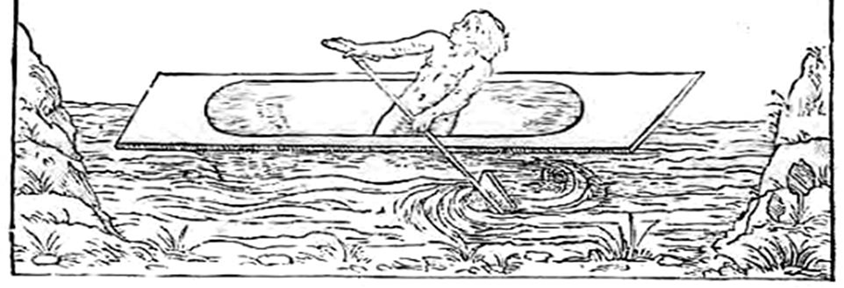"Hispaniola’s Indian Inhabitants" by Fred Olson (1891-1986).
An excerpt from Olson’s On the Trail of the Arawaks (1974). Olson was a scientist in Connecticut whose interest in Amerindian civilization led him to study early Caribbean history. He collected artifacts and founded the Mill Reef Museum in Antigua. While Olson calls the natives "Arawaks," today, most experts use that term to describe only the people who inhabited northeastern South America. They use the word, "Taínos," to describe the early inhabitants of the Bahamas and the Greater Antilles.
From my own journeyings it became evident that manioc [cassava] was the principal food of the aboriginal tribes not only of the Greater and Lesser Antilles, but also of the whole Guiana Coast from French Guiana and Surinam into eastern Venezuela. This was proved by the ubiquitous griddle sherds at ancient sites.

The Arawaks were fortunate in their selection of this tuber as their main source of food, because manioc produced a higher yield of starch per acre than any other crop available three thousand years or more ago, including maize and potatoes, or even wheat and barley. With the problem of their food supply solved the Arawaks could then divert their energy from hunting or food gathering to the development of pottery, basketry, weaving, and perhaps even to ballgames and drinking a chicha-type beer made from cassava. Indeed, many of their rituals may have originated as fertility rites in connection with the new agricultural practices of producing manioc. Among the Arawaks, like other people, responsibility for ceremonial practices would probably be placed in the hands of men who could be relieved from some of the burdens of scouring daily food. It would be these men, shamans, who cultivated the esthetic interests out of which developed the arts of painting, sculpture, dancing, and finally what is perhaps the ultimate expression of esthetics, religion.